In Pursuit of Bookish Things: Audrey Niffenegger on Building Artists Book House a Home in Evanston

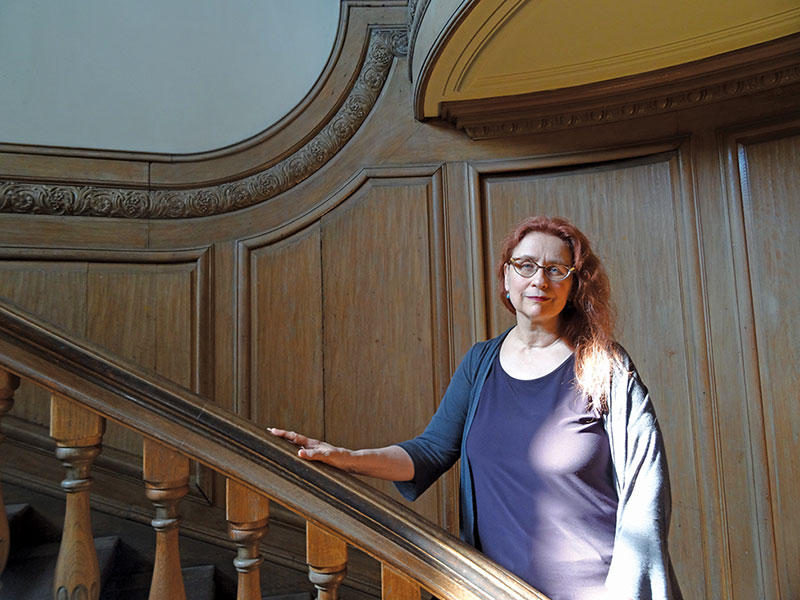
By ANNA DOBROWOLSKI
Ravens, cobwebs, dust, and mold. Against the backdrop of a decommissioned lighthouse, six years of neglect turned Evanston’s historic Harley Clarke mansion into a setting befitting a horror movie. Now, a new foundation dedicated to the book arts is set to reverse the shudder. Artists Book House is the brainchild of Audrey Niffenegger, a visual artist and author best known for her novel, The Time Traveler’s Wife. In July, she invited me inside to talk about how she will make the house a home to the book arts.
Since the City of Evanston’s council decision on February 28th to lease the coveted Harley Clarke Mansion to Artists Book House, paperwork quickly escalated to groundwork. The task: to restore and update the Harley Clarke grounds. Undaunted, Niffenegger faces the challenge with John Eifler, Nick Patera, and the team at WB Olson, Inc. on her side, in addition to a team of trusted board members and volunteers.
We shouldn’t expect a housewarming party anytime soon, though. As she shows me, there’s plenty to be done between now and its opening in 2026.
***
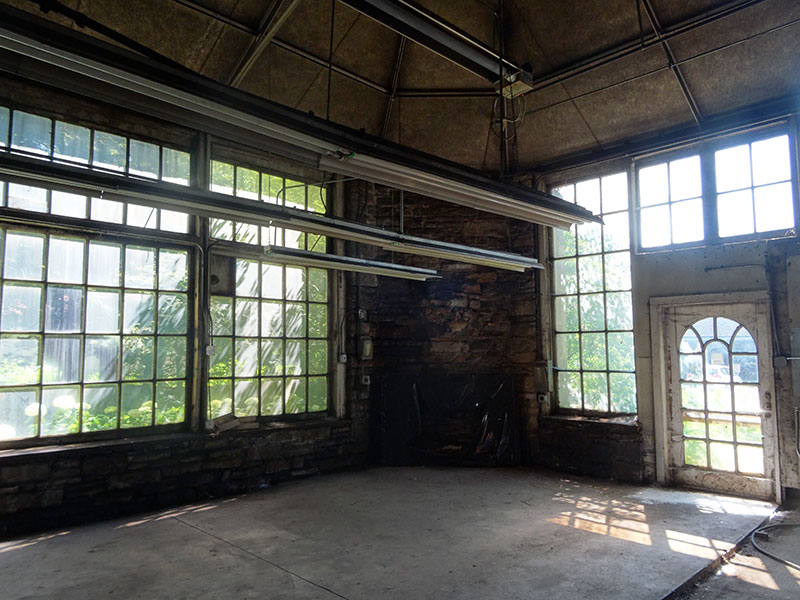
“Here we are, surrounded by phantom books,” she laughs as we walk into a wood-paneled library. For any self-respecting writer, empty bookshelves usually warrant concern. Not to a history-lover like Audrey, for whom an old setting for future bookish pursuits is a lesson in time travel. (As if renovating a mansion wasn’t ambitious enough, she is also working on the sequel to her best selling novel, The Time Traveler’s Wife.)
On our tour of the impressive 22,000-square-foot space, she leads me to the conservatory where ABH will hold paper-making workshops. Curious onlookers appreciating the gardens curated by Jens Jensen Gardens could peer into the windows to witness the transformation of pulp to fiction, or any other genre.
Steps away, she pictures a bookstore, art gallery, and a cafe with a view of Lake Michigan even the most bibliophobic visitors could appreciate. She recalls her first time visiting the Harley Clarke mansion – then the Evanston Arts Center –when she was a fourteen-year-old printmaking student. It was the beginning of a time-tested relationship between herself and the building. After graduating from the Art Institute, she returned to Harley Clarke to teach for 15 years.
Outside, ornate lead gutters catch our eyes; the original pipework was forged by the grandfather of her friend, a blacksmith. Now, the third generation of metalworkers keep the tinkering tradition alive, proving that the mansion’s future depends as much on conservation as it does on innovation.
As expected from a mansion left to its own devices for six years, Audrey’s current ‘studio’ flaunts the unglamorous hallmarks of a home whose maintenance has been deferred. Rooms once housing offices, darkrooms, and various studios remained bare, save a few visitors. She points to flour left by the city of Evanston on the ground, “That’s to see where the raccoons are coming from!” (A pawprint is just my size...) To make the three-story building more accessible to humans rather than critters, she plans to convert an empty passage next to the butler’s pantry, a vestige from the building’s residential past, into an elevator.
We make our way to the basement and take turns deciding whether the ghoulish green paint was original. Here, Niffenegger envisions a printmaking studio because of its capaciousness, even if it is more secluded.
Her work is cut out for her, sure, but there’s something elemental about rolling up the proverbial sleeves to build something new.
***
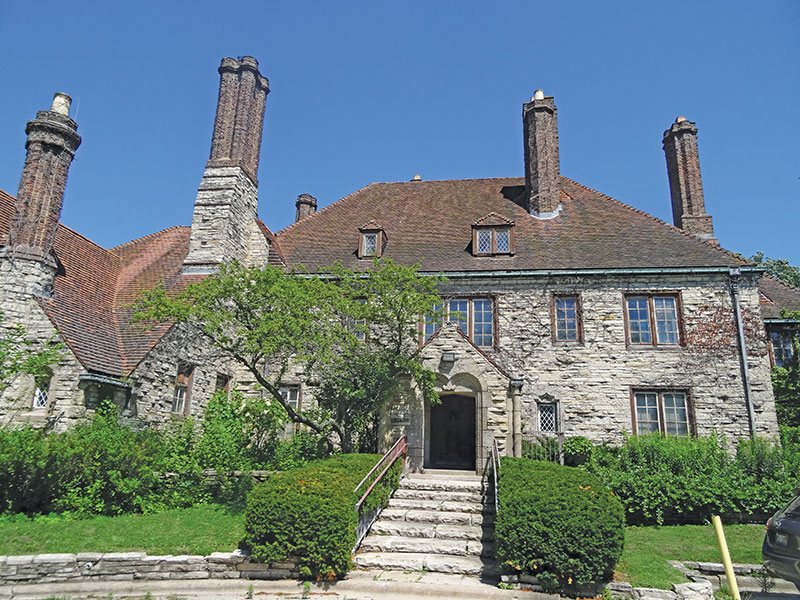
What do the book arts mean to you, personally?
Back in the empty library, Audrey describes the real star behind the entire operation, the book arts. That is to say, “any idea or skill, philosophical or conceptual approach, that you could bring to bear on the idea of the book,” she tells me. Traditionally, papermaking, printmaking, calligraphy, and bookbinding fall under this category.
“Sometimes an idea exists in the ether but never takes on physical form. You might approach bookmaking because you want to make the actual object or you have a story to tell, like in a memoir or epic poem,” says Audrey. “We are interested in a multitude of approaches and are here to help people realize their ideas of the book and not be limited with what a book can do.”
What goes inside the book is just as important. ABH will function as a literary center, library, bookshop, as well as an arts center. “What really excites us is to have all this exist in one building where the disciplines can cross-fertilize,” she says. Someone writing an epic poem might go downstairs and discover people who are printing or experimenting with movable type.
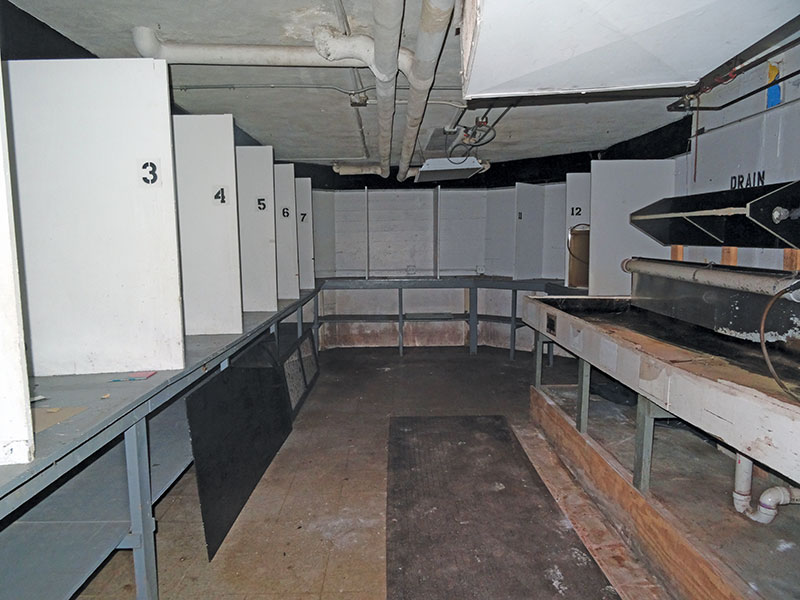
“There’s more than just making paper for books. I’m thinking about paper sculptures Erin Cramer makes. Her work is inspired by vegan taxidermy.” Anyone in the community, from paper virgins to seasoned bookmakers, could flirt with other paper-centric projects such as tunnel books, fiber-based sculptures, comics, puppeteering, or zines. For the completely unconvinced, the ABH’s website hosts various tutorials and interviews. “There’s so much that can happen when you get people from different disciplines together.
Having multiple disciplines under one roof appeals to Audrey, who has been carving a niche into an international and locally established bookmaking tradition since 1994. “This would be the third-generation book arts center in Chicago and the ‘spiritual heir’ of the Book and Paper Center in Columbia College Chicago.” In 2019 the center closed to make space for classrooms, leaving its artistic members virtually homeless. Once the Artists Book House is completed, it will be a second homecoming.
After the fall of the center, there was some concern whether small book-making traditions could ever grow obsolete. Following prolonged digital engagement, we admit longing for imperfect paper and DIY projects in true ‘arts and crafts’ fashion. In the 19th century, William Morris, a champion of the book arts, led the UK-based Arts and Crafts Movement. In his later years, he went on to develop the Kelmscott Press to produce luminous leather-bound books replete with calligraphy and illuminations-- a gothic revival that renewed interest in the book arts, if only as a productive outcry against mass-produced books which he notoriously called ‘ugly’.
Is Niffenegger a modern-day William Morris? I wonder. The same unadulterated passion towards handicrafts is there. Her approach is to open these arts to the community as an educational center to keep the traditions alive.
***
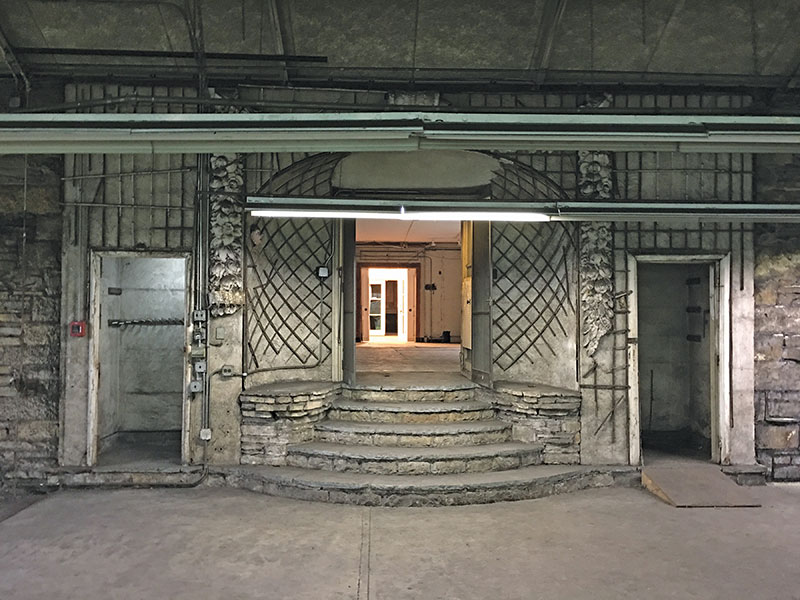
“Dare we ask another pandemic-related question? What did the process look like? How does a new organization take shape and establish community these days?”
“It’s been such a strange time. Before the pandemic there had been a tremendous amount of discussion surrounding the building.” The Harley Clarke had almost been demolished in 2018 and faced many competitive proposals since. Niffenegger and her board turned in the Artists Book House proposal for the Harley Clarke Mansion in February 2020, about a week before the world shut down.
It wasn’t until May of the following year that they received the keys. “I was watching the city council vote on the proposals on a laptop while I was cooking dinner. We were not expecting it to happen when it did!”
“The pandemic changed everybody’s focus like that,” she adds, “I don’t think anybody can really know how the pandemic will change the art scene or Evanston or funding or any of it. Artists Book House could have been just as easily Artists Book Warehouse or Storefront! It just happens that we now have a house.”
Getting the keys to the house in the middle of the pandemic had some advantages. “Because we are so small and new, we didn’t have any established patterns to uphold or break. We didn’t have any staff. We didn’t have a building.” Despite not having any physical classrooms, they managed to build an online presence and archive of videos, interviews, and tutorials on their website. Not to say the pandemic was in any way good. “In a way it leveled the playing field amongst art institutions. It was actually okay for us that not much happened. It meant fewer people to disappoint. Whatever craziness we’re about to do we will do from zero.”
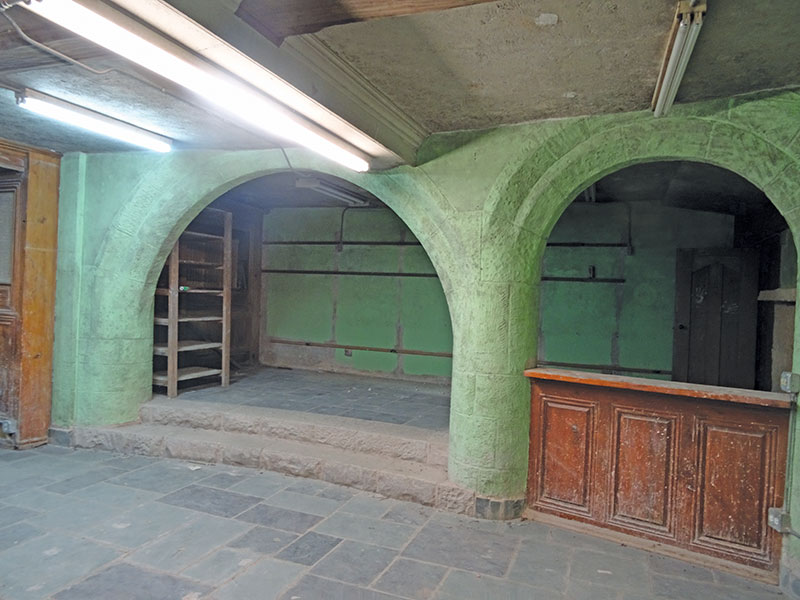
Though the opening is far away, are there any dream collaborations or visitors?
“It goes two ways. There’s a lot of amazing local talent that we would like to uplift if we are in the position to do so; and there are people we would like to be here so that people can experience different artists. At some point, we would love to host conferences for the North American Hand Papermakers, the Guild of Book Workers, College Book Arts and the Ragdale Foundation, to name a few. You just never know who will be interested or inspired to do something.
Now that things are starting to take shape, how are you planning on reining in the community? What do you need from artists, community members?
“We’ve been receiving a lot of support. People really want another central gathering place, and this happens to be a nice stage because it’s a hinge between Chicago and the North Shore. We are trying to partner with bookshops and a coffee shop. A lot of people are donating books. People are interested in volunteering.
There’s a lot to do between now and the day we open to the public, which we hope to do in 2026. We are hoping that we can use the time for fundraising, constructing and doing all the physical work. At the same time, we are trying to let people know that we are slowly coming into existence. One thing that we are planning to do is to organize tours and find ways to bring people in so that they don’t have to wait five years.”
***
For the time being, Niffenegger and her board are looking forward to mingling with people at events such as Evanston’s Out of Space concerts. Other events that will take place on Harley Clarke grounds will be announced on their website.
A tip: keep your eyes open around Halloween time. A house with phantom books is sure to set a scene.
#






